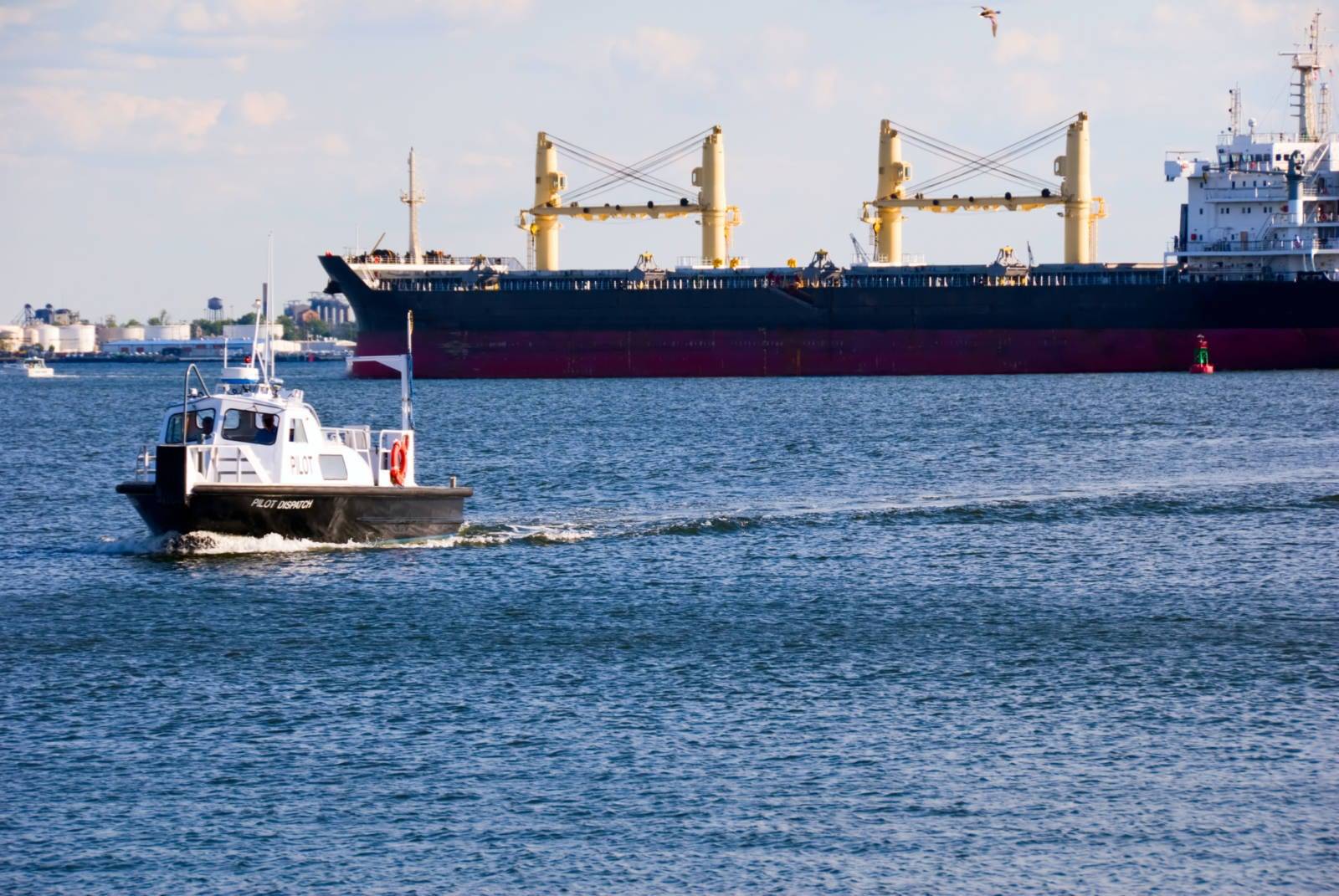Port Milwaukee’s Agricultural Maritime Export Facility will be the first on the Great Lakes – St. Lawrence Seaway system specifically for the export of Dry Distillers Grain (DDGS), soybeans, corn, and grain via deep-draft, Seawaymax vessels. Port Milwaukee’s transportation infrastructure will be thoroughly modernized. According to Port Milwaukee’s website, “planned redevelopment includes the environmentally appropriate demolition of out-of-date structures and construction of upgraded moorings, as required. A new, fabric building will be erected, and the transload facility will include rail and truck gravity dump hoppers connected to a conveyance system for transport. A reclaim system will be installed in the fabric building for the bulk loading of material into deep-draft bulk cargo vessels. Vertical storage structures are also anticipated for handling soybeans and grain. In addition to the demolition of aging Port structures and the construction of the new facility, the proposed project will include site investigations, permitting, site work, a ship loader, equipment for bulk loading and conveyance, and construction phase engineering.”[1]
A press release from U.S. senator Tammy Baldwin announced a $15.9 million federal grant was awarded to Port Milwaukee from the U.S. Department of Transportation to establish an Agricultural Maritime Export Facility to strengthen Wisconsin’s maritime commerce and economy.[2]
“Port Milwaukee moves Wisconsin’s manufactured goods and agricultural products to markets across the country and to the rest of the world,” stated Senator Baldwin. “I worked to secure this investment in our transportation infrastructure so that we can expand farmers’ access to international markets.”
“This investment adds a new dimension to Port Milwaukee’s role as a connector of Wisconsin’s businesses and farmers to world markets,” added Milwaukee Mayor Tom Barrett.
For a commodity such as soybeans dependent on the export market, transportation infrastructure projects are very important not only to the farmer’s profit margin, but to the reliable supply of U.S. Soy. Transportation infrastructure projects should be examined for opportunities that could be uncovered. All infrastructure being built is compatible for soybeans. Once this facility is built, the goal will be cargo throughput, and there’s no reason the cargo should not be soybeans.
[1] https://portmilwaukee.com/Port-Mke/Commercial-Services/Agricultural-Export
[2] https://www.baldwin.senate.gov/press-releases/federal-grant-for-port-milwaukee
